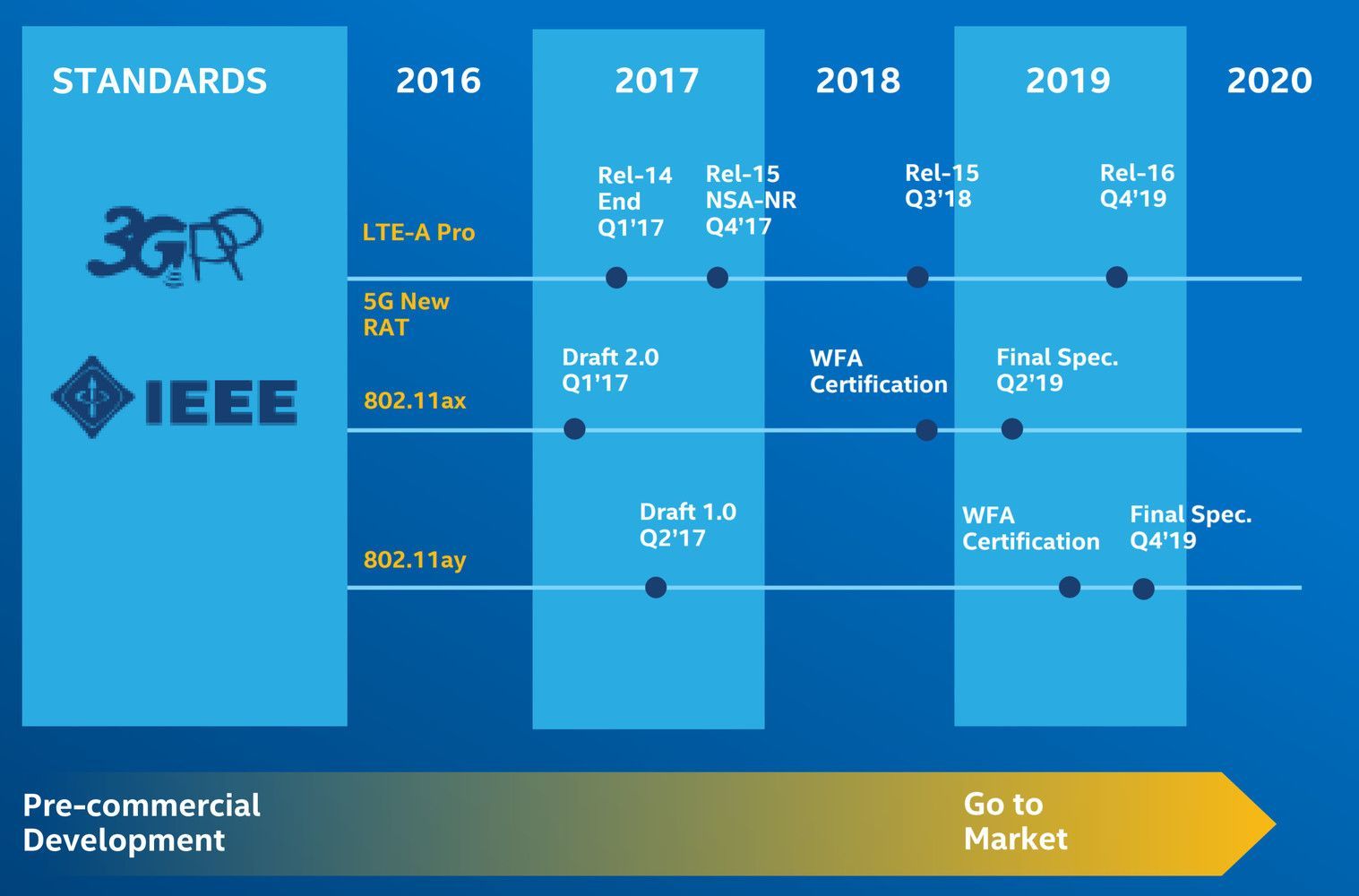Qualcomm today announced the new QCA64x8 and QCA64x1 family of 60GHz WiFi chipsets that enable speeds in excess of 10Gbps to be achieved with a latency comparable to that of a wired connection, all without sacrificing the consumption aspect that will have a positive impact on the battery life of the mobile devices they will be using.
Chips for the 60 GHz Wi-Fi .11ad standard was launched six years ago, but up to last year they accounted for only a small part of the huge Wi-Fi chip market. The .11ay standard adds dual-channel connectivity at double data rates of up to nearly 10 Gbps, but it cannot overcome the physics that typically limits the range of 60 GHz signals in a single room.
One version of the new access point (AP) chips supports line-of-sight distances of up to 50 m at 4.5 Gbps. A mobile version consumes up to one watt at maximum transfer rate.
In particular, the QCA6438 and QCA6428 chipsets are designed for integration into network infrastructures and fixed wireless access points, while the QCA6421 and QCA6431 chipsets are optimized for use in the mobile environment. The examples are numerous: they can be used to wirelessly transmit a considerable amount of data processed by a PC and destined for a VR/AR viewer or video content in High Definition with minimal latency.
Qualcomm Technologies today announced a family of 60GHz Wi-Fi chipsets, the QCA64x8 and QCA64x1, that deliver more than 10 Gigabits per second (Gbps) of network speed and cable equivalent latency while setting the industry’s lowest standard for extending battery life for all devices.
Qualcomm’s new Wi-Fi chips will take advantage of the unique features supported by the new 60 GHz Wi-Fi detection applications, such as proximity and motion detection, gesture recognition, spatial mapping with precise positioning, and enhanced facial recognition. Qualcomm Technologies is the first to offer a 60GHz Wi-Fi solution with optimizations based on the 802.11ay specification that enable best-in-class Wi-Fi speeds and high transmission performance.
The QCA6438 and QCA6428 models are used for fixed wireless access and infrastructure, and the QCA6421 and QCA6431 chipsets for mobile devices.
For connectivity, the new products enable a further step in the development of the current WiGig technology, primarily by improving the speed of data transmission. Qualcomm emphasizes the extreme versatility of the new chipsets, which are suitable for a broad ecosystem of smartphones, routers, and fixed wireless access platforms. For example, Qualcomm confirms its collaboration with Facebook in the Terragraph project to create a high-speed Internet connection that cannot be reached via fiber-optic – the multi-node wireless system that makes this possible uses the QCA6438 and QCA6428 chipsets. In the mobile environment, 60GHz WiFi chips are also used in smartphones, such as the current ASUS ROG Phone with an 820.11ad-compliant module.
The introduction of chipsets that are compatible with the umpteenth new WiFi standard can be misleading for end users, and it is no coincidence that the WiFi Alliance has set itself the goal of making it as easy as possible to describe the functionality of WiFi devices under an intuitive and easy-to-understand brand name. The first WiFi 6 devices based on the 802.11ax standard will be launched in mid-2019, with top speeds up to four times faster than the 802.11ac standard and always operating in the 2.4 and 5 GHz frequency spectrum.
